Which masks have good filtration efficiency? What you need to know about the updated mask guidelines
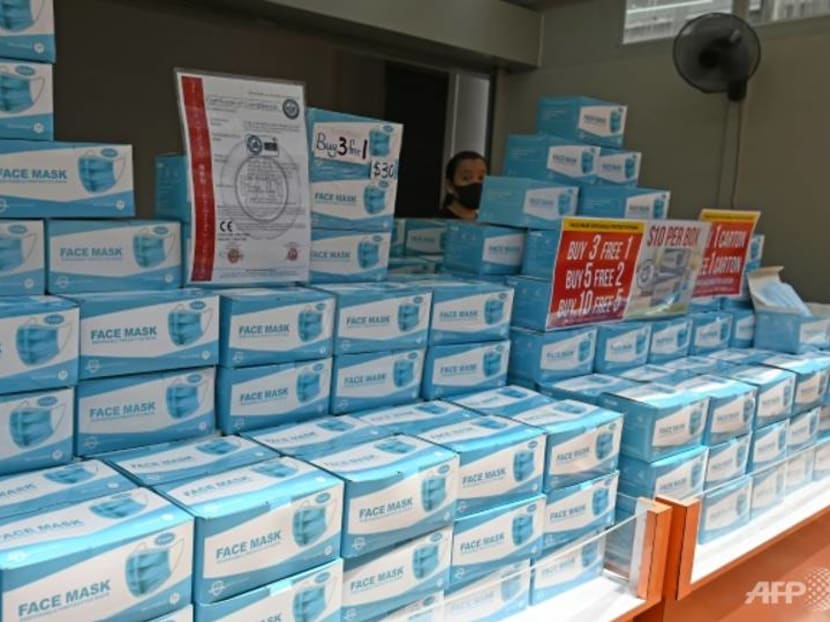
Boxes of face masks on sale in Singapore. (File photo: AFP/Roslan Rahman)
SINGAPORE: Singapore updated its guidance for the use of masks on Tuesday (May 18) on the back of rising COVID-19 infections in the community.
The Ministry of Health (MOH) is advising that members of the public use masks with better protection, such as those with better filtration efficiency, to mitigate the higher risk of infection.
This is because the recent COVID-19 clusters “suggest a higher level of transmission, likely attributed to new virus variants”, the ministry said.
READ: Masks with better filtration capability recommended as new COVID-19 variants spread
Here’s what you need to know about the new mask guidelines:
WHAT IS FILTRATION EFFICIENCY?
The bacterial filtration efficiency (BFE) of a mask refers to the degree of barrier protection provided by the material or fabric of the mask.
A mask with a higher BFE would be more effective in preventing bacteria-containing droplets from reaching the wearer.
Masks that meet the requirement for medical and surgical standards have a BFE of 95 per cent - blocking 95 per cent of droplets it is exposed to.
This is often indicated on the packaging or product description of the masks sold.
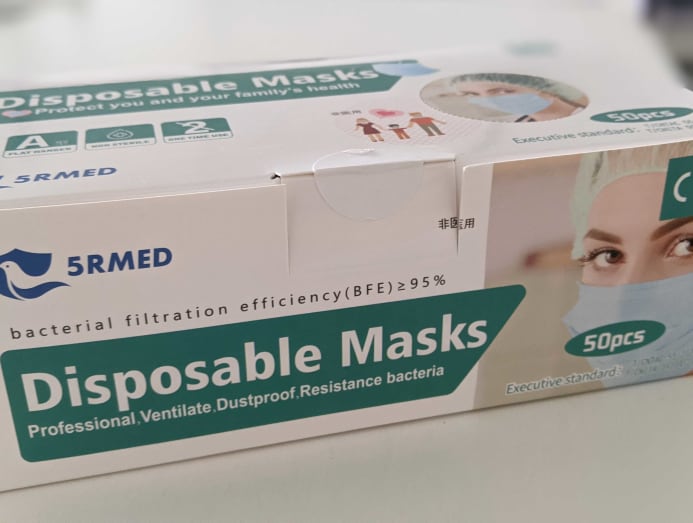
WHICH MASK TO CHOOSE?
Suitable face coverings include surgical masks or reusable masks that are made of at least two layers of fabric, said the MOH.
Reusable masks such as those issued by the People’s Association and Temasek Foundation also have good filtration efficiency, said the ministry.
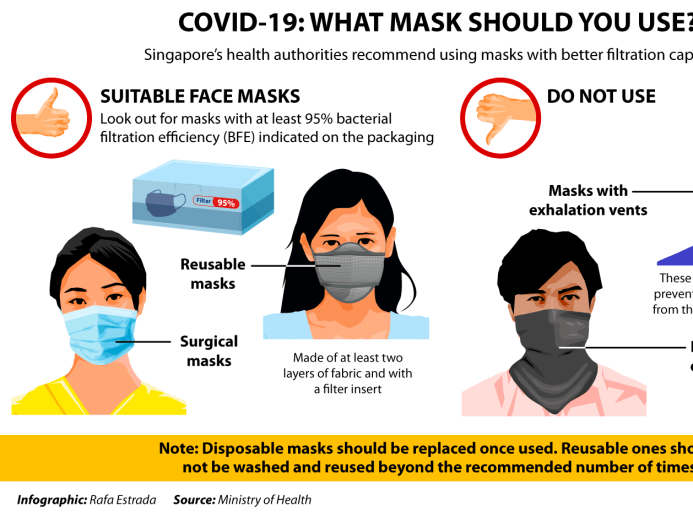
According to the Health Sciences Authority (HSA), when selecting a face mask, look out for the following:
- Masks with at least two to three layers of fabric. As a guide, the material should not be see-through when held against light.
- Layers should preferably be made with different fabrics, including a water-repellant outer layer, a middle filter layer to remove particulates – this can be disposable filter inserts - and an absorbent inner layer to absorb droplets from the wearer’s mouth.
- Choose fabrics with better filtering efficiency and with enough permeability to allow breathing
"It's not just wearing a cloth mask, but wear one with high filtration capability - a surgical mask or one of those with the filter inserts," said Finance Minister Lawrence Wong, who co-chairs the COVID-19 Multi-Ministry Task Force, on Tuesday.
This is especially so if one is going to an enclosed space with people in close proximity, he said.
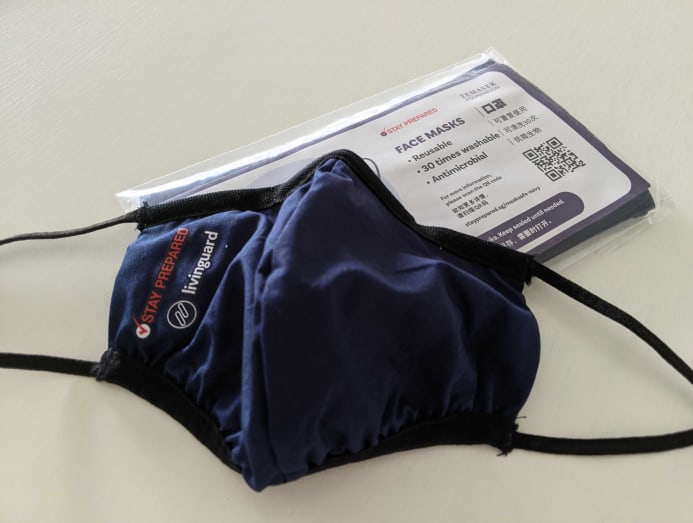
READ: Singapore now able to produce filters for surgical masks, will be distributed to residents if needed
CERTIFICATION & ASTM RATINGS
Infectious diseases expert Leong Hoe Nam said on CNA on Tuesday that masks have certifications and one can look for its ASTM rating.
These are issued by ASTM International, an organisation that develops and publishes standards on materials and products, including personal protective equipment.
Before, ASTM guidance only applied to masks used in medical settings, but in February 2021 it issued standards on consumer face masks. To get such ratings, the masks have to be tested for bacterial and particulate filtration capability and fluid resistance, among other things.
ASTM mask gradings vary from one to three and all can filter particles of 0.1 micron and above, said Associate Professor Richard Sugrue from the School of Biological Sciences at Nanyang Technological University.
"Most masks do not filter out individual virus particles (which are too small), but act by preventing large aerosol droplets from reaching the wearer," he said.
Dr Leong, who practises at Rophi Clinic, added: "If you were to use cloth masks which are made on your own, you don't know how good they are.
"We should be going on good quality masks, good qualified surgical masks which actually work and does exactly what it says."
WEARING THE MASK PROPERLY
Director of Medical Services Kenneth Mak on Tuesday also reminded people to wear their masks properly.
“Good quality masks worn well and properly provide an excellent form of protection for all of us against how the virus spreads, irrespective of whether it spreads by droplet or some form of aerosolised transmission,” he said.
MOH advises people to ensure that the mask closely and completely covers their nose and mouth.
NTU Lee Kong Chian School of Medicine Professor of Infectious Diseases Professor Laurent Renia recommends that disposable masks be changed every four hours if worn continuously. Reusable and washable masks must be washed daily.
Touch only the straps and not the surface of the mask when removing it, and wash hands after disposing a used mask.
LOCALLY PRODUCED MASKS
On its website, HSA says that local surgical mask manufacturing facilities have to be licensed by the authority.
All surgical masks manufactured by these licensed facilities are required to comply with international standards such as ASTM F2100, EN 14683, or their equivalent. They also have to be tested to meet a minimum bacterial filtration efficiency of 95 per cent.
EN 14683 is a standard that medical face masks in Europe are required to comply with.
To date, HSA has licensed 26 mask manufacturing facilities.
WHAT ARE THE CURRENT MASK-WEARING RULES?
It is mandatory for everyone six years old and above to wear a mask when leaving their homes. Mask-wearing is not recommended for children below the age of two for safety reasons.
For those caught not wearing a mask, first-time offenders will be fined S$300, and repeat offenders will face higher fines or prosecution in court for egregious cases.
You can only remove your mask when outside to eat or drink, or if you are doing strenuous exercise outdoors. But you must put the mask back on once you are done.
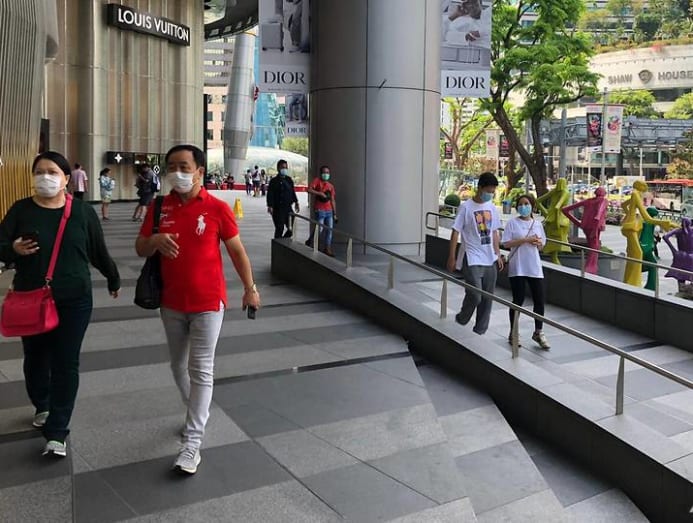
Under Phase 2 (Heightened Alert), masks must also be worn in indoor exercise facilities, and only lower intensity exercises can be performed.
Household visitors are also encouraged to observe safe management principles when visiting other peoples’ homes. This includes wearing a mask, keeping a distance of at least 1m from others, minimising physical contact and washing your hands regularly.
READ: Be 'obsessed' with wearing masks properly: Experts urge compliance as COVID-19 cases grow
WHICH MASKS OR FACE COVERINGS ARE NOT RECOMMENDED?
Masks with exhalation valves should not be worn as they do not effectively prevent the release of droplets from the wearer when he or she exhales.
"Filter your air coming out and filter your air coming in, it works both ways," said Dr Leong.
Plastic spit guards and face coverings such as neck gaiters, bandannas, scarves or handkerchiefs are not considered masks.
MOH also updated its advice on face shields on May 14. The ministry said that research has demonstrated that face shields cannot substitute masks in protecting the wearer from droplet infection, and "do not adequately prevent" droplet spread if the wearer is infected.
Face shields should therefore not be used as a substitute for masks, except for medical exceptions, where the child is 12 years or younger or by the wedding couple during the solemnisation of their marriage.
BOOKMARK THIS: Our comprehensive coverage of the COVID-19 pandemic and its developments
Download our app or subscribe to our Telegram channel for the latest updates on the coronavirus outbreak: https://cna.asia/telegram





